
Hello friends!
Today we have a significant cultural holiday, especially for those who, as before, write by hand, and do not type on computer or persuade a secretary:) – “Day of Slavic Literature and Culture” (Day of Saints Cyril and Methodius ) – dedicated to the day of commemoration of the holy co-apostolic brothers Methodius and Cyril (IX century). The history of the holiday resonates with the church tradition that existed in Bulgaria in the X-XI centuries. The earliest records of the celebration of May 11 (according to the old calendar) of the equal-apostles holy enlighteners Cyril and Methodius, also known as the “Thessalonica brothers”, date back to the 12th century, although they were recognized as saints at the end of the 9th century. Separately, the memory of St. Cyril is celebrated on February 14 (27), St. Methodius – on April 6 (19), on the days of their deaths.
The general holiday of Saints Cyril and Methodius was celebrated by the Bulgarian church in the following centuries, and in the era of the Bulgarian Renaissance it turned into a holiday of the alphabet created by them. This holiday expressed the spiritual desire for church independence, national self-determination, the flourishing of education and culture of the Bulgarians.
The celebration of the memory of the holy brothers even in ancient times took place in all Slavic nations, but later, under the influence of historical and political circumstances, it was lost. At the beginning of the 19th century, together with the revival of the Slavic peoples, the memory of the Slavic pioneers was renewed.
Вітаю друзів!
Сьогодні у нас значуще культурологічне свято, особливо для тих, хто, як і раніше, пише від руки, а не набирає на комп’ютері або не намовляє секретарці:) – “День слов’янської писемності та культури“ (День святих Кирила та Мефодія) – приуроченого до дня пам’яті святих рівноапостольних братів Мефодія та Кирила (IX століття). Історія свята перегукується з церковною традицією, що існувала в Болгарії X—XI століттях. Найраніші дані святкування 11 травня (за старим календарем) дня рівноапостольних святих просвітителів Кирила і Мефодія, відомих також як «Солунські брати», датуються XII століттям, хоча вони були визнані святими ще наприкінці IX століття. Окремо пам’ять святого Кирила відзначається 14 (27) лютого, святого Мефодія – 6 (19) квітня, у дні їхньої смерті.
Загальне свято святих Кирила та Мефодія відзначалося болгарською церквою і в наступні століття, а в епоху болгарського Відродження перетворилося на свято створеної ними абетки. Це свято виражало духовне прагнення до церковної незалежності, національного самовизначення, розквіту освіти та культури болгар.
Святкування пам’яті святих братів ще за старих часів мало місце у всіх слов’янських народів, але потім, під впливом історичних і політичних обставин, було втрачено. На початку ХІХ століття, разом із відродженням слов’янських народностей, оновилася і пам’ять слов’янських першовчителів.

День слов’янської письменності і культури встановлений в Україні «…на підтримку ініціативи органів державної влади, Національної академії наук України, громадських і релігійних організацій та враховуючи історичне та просвітницьке значення спадщини слов’янських первоучителів у здобутку національної культури…» згідно з Указом Президента України «Про День слов’янської писемності і культури» від 17 вересня 2004 р. № 1096/2004. Відзначається щорічно 24 травня в день вшанування пам’яті святих рівноапостольних Кирила і Мефодія.
The Day of Slavic Literacy and Culture is established in Ukraine “…in support of the initiative of state authorities, the National Academy of Sciences of Ukraine, public and religious organizations and taking into account the historical and educational significance of the heritage of Slavic first teachers in the acquisition of national culture…” in accordance with the Decree of the President of Ukraine “On the Day of Slavic Literature and Culture” dated September 17, 2004 No. 1096/2004. It is celebrated annually on May 24, on the day of commemoration of Saints Equal-to-the-Apostles Cyril and Methodius.
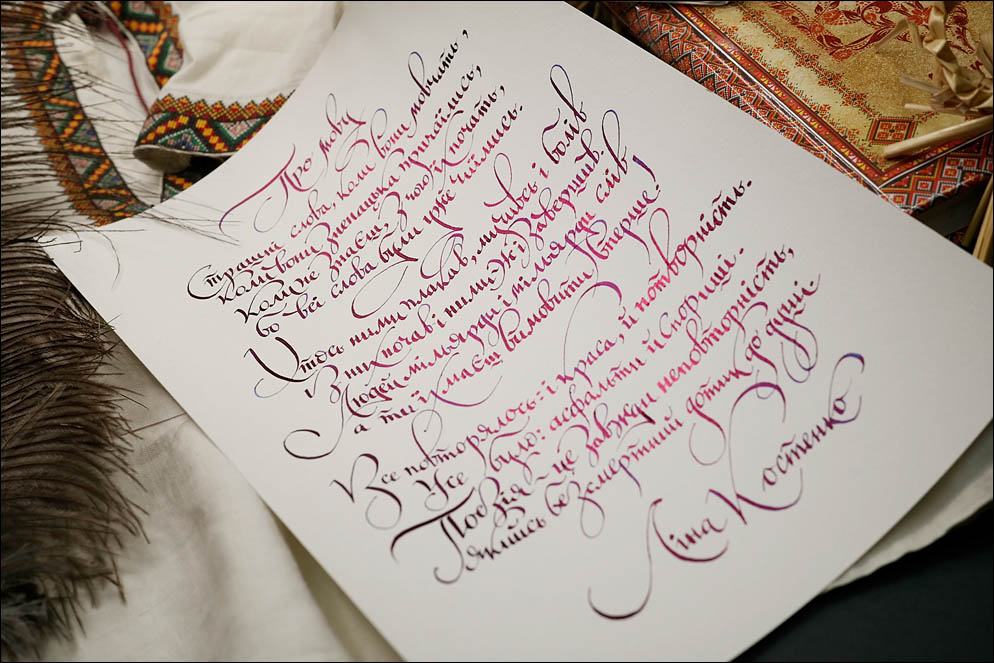
І на мою думку, однією з найкращих шанувань цієї історичної події є вірш, нашої, всіма улюбленої Ліни Костенко:
Про мову
Страшні слова, коли вони мовчать,
коли вони зненацька причаїлись,
коли не знаєш, з чого їх почать,
бо всі слова були уже чиїмись.
Хтось ними плакав, мучивсь та болів,
із них почав і ними-ж і завершив.
Людей мільярди і мільярди слів,
а ти їх маєш вимовити вперше!
Все повторялось: і краса, й потворність.
Усе було: асфальти й спориші.
Поезія – це завжди неповторність,
якийсь безсмертний дотик до душі.Ліна Костенко
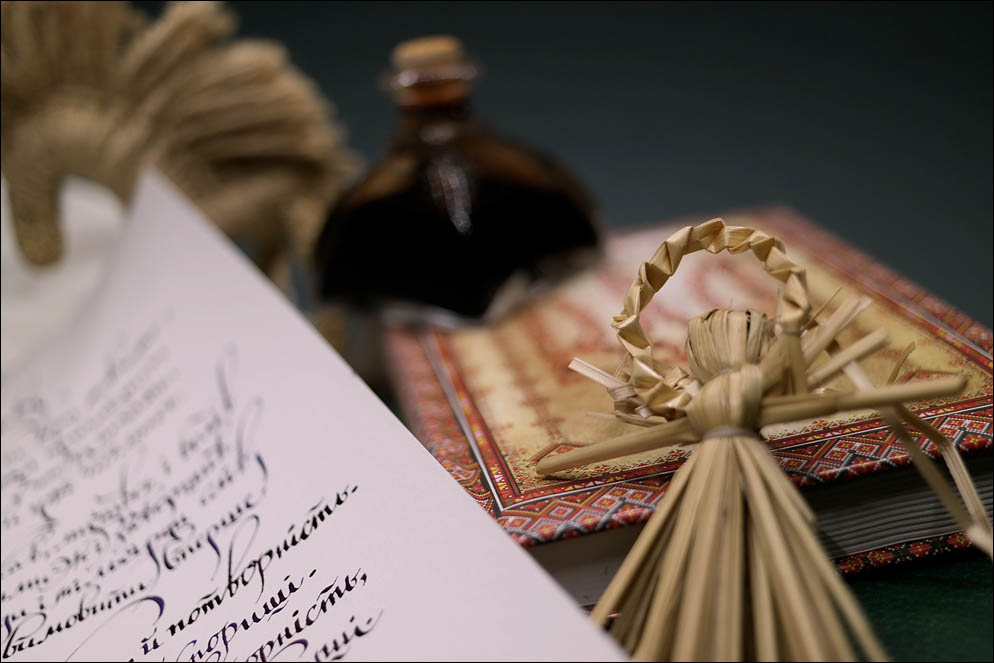
The Day Of Slavonic Alphabet, Enlightenment and Culture has been celebrated since May 11, 1851 (old style). Cyril and Methodius had been saints since the 9th century, and the commemoration of their saint’s day had been celebrated since the 12th century. Cyril (born Constantine, 826–869) and Methodius (815–885) were two brothers and Byzantine Christian theologians and missionaries. For their work evangelizing the Slavs, they are known as the “Apostles to the Slavs”.
They are credited with devising the Glagolitic alphabet, the first alphabet used to transcribe Old Church Slavonic. After their deaths, their pupils continued their missionary work among other Slavs. Both brothers are venerated in the Orthodox Church as saints with the title of “equal-to-apostles”. In 1880, Pope Leo XIII introduced their feast into the calendar of the Roman Catholic Church. In 1980, Pope John Paul II declared them co-patron saints of Europe, together with Benedict of Nursia.
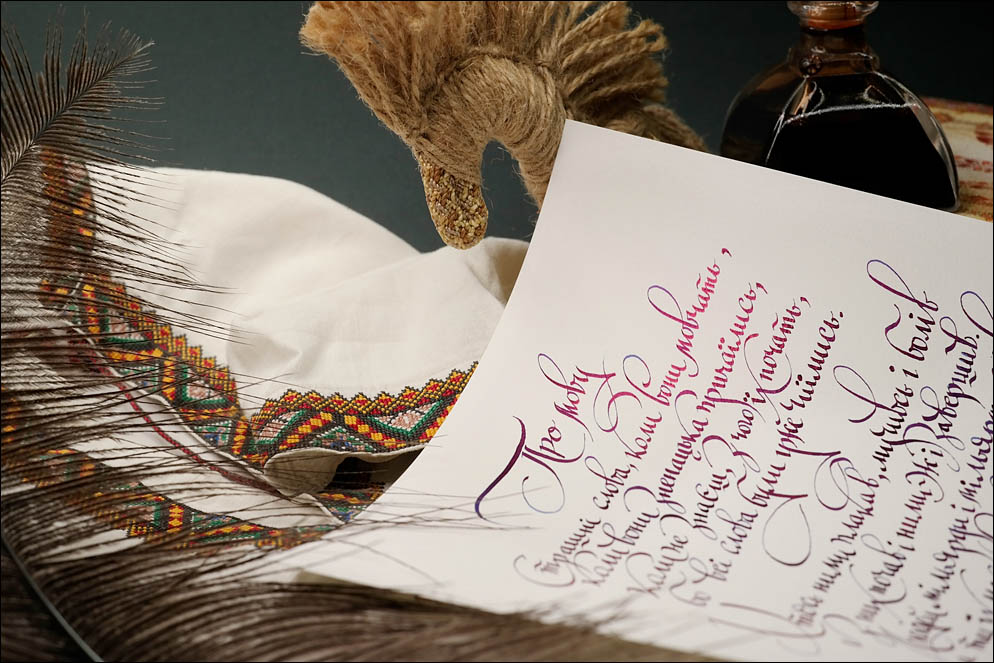
Кирило (у світі Костянтин на прізвисько Філософ, 827-869, Рим) та Мефодій (у світі Михайло; 815-885, Моравія) – брати з міста Солуні (нині Салоніки), творці старослов’янської абетки та церковнослов’янської мови, християнські проповідники.
Канонізовані та шануються як святі і на Сході (у Східних церквах), і на Заході. У слов’янському православ’ї шануються святі рівноапостольні «вчителі словенські». Ухвалена черговість згадки: у наукових та науково-популярних текстах — спочатку Кирило, а потім Мефодій; у церковно-богослужбовому побуті — у зворотному порядку (ймовірно тому, що Мефодій мав вищий сан, ніж його молодший брат).
Cyril (in the world Constantine nicknamed the Philosopher, 827-869, Rome) and Methodius (in the world Michael; 815-885, Moravia) – brothers from the city of Thessalonica, creators of the Old Slavonic alphabet and the Church Slavonic language, Christian preachers
They are canonized and revered as saints both in the East (in Eastern churches) and in the West. In Slavic Orthodoxy, saints equal to the apostles “Slovene teachers” are revered. The order of mention has been approved: in scientific and popular science texts — first Cyril, and then Methodius; in church and liturgical life – in the reverse order (probably because Methodius had a higher rank than his younger brother).
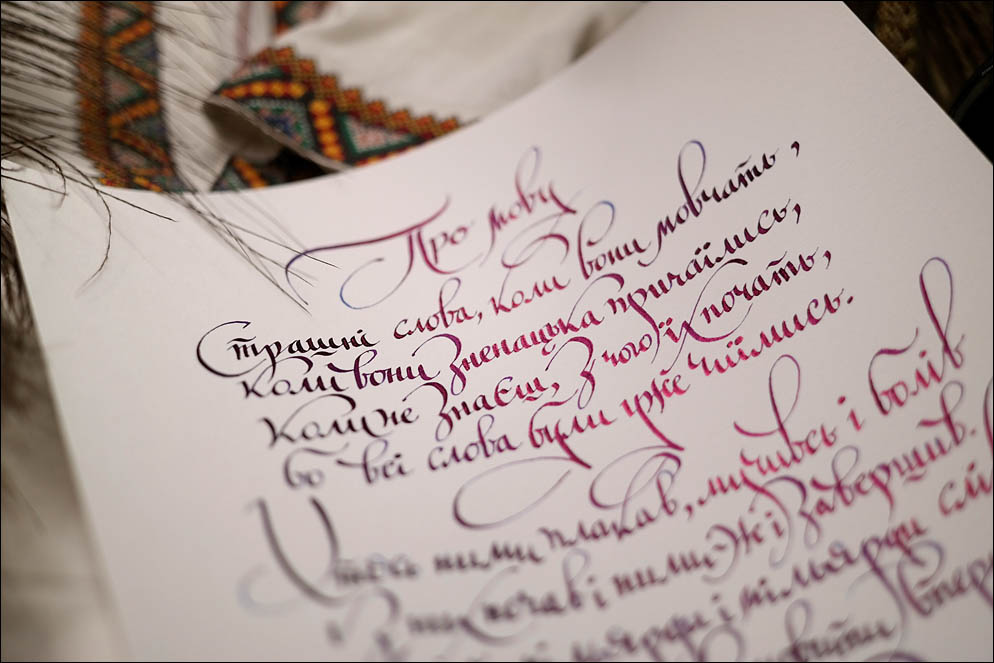
Кирило та Мефодій — слов’янські просвітителі та проповідники християнства, творці слов’янської азбуки, перші перекладачі богослужбових книг на слов’янську мову, брати.
Кирило (мирське ім’я —Костянтин; близько 827 — 14 лютого 869) і його старший брат Мефодій (Методій) (мирське ім’я — Михаїл бл. 815 — помер між 6 квітня і 19 квітня 885 року) народились у місті Солунь (тепер Салоніки, Греція) в сім’ї воєначальника. За походженням болгари (за менш популярною версією слов’яномовні греки).
З 843 Кирило вчився у Константинополі при дворі візантійського імператора Михайла III, де одним з його вчителів був Фотій. Добре знав слов’янську, грецьку, латинську, іврит і арабську мови. Був патріаршим бібліотекарем, викладав філософію в Константинопольській вищій школі. В 40-60-х роках 9 століття брав участь у диспутах з іконоборцями і мусульманами в Сирії. Близько 860 року їздив з дипломатичною місією до хозарів. На шляху до хозарів зупинився в місті Херсонесі, в якому знайшов мощі святого папи Климента (помер у 101). Пізніше брати взяли їх з собою у Велику Моравію і у 867 до Риму.
Мефодій рано вступив на військову службу. Протягом 10 років керував заселеною слов’янами областю Македонії. Був викладачем у Константинопольській вищій школі. Постригшись у ченці, став ігуменом монастиря Поліхрон на березі Мармурового моря. Влітку 863 року Кирило і Методій на запрошення князя Ростислава переселились до Моравії, щоб проповідувати християнство. Пізніше Папа Адріан II дав на це дозвіл, а папа Іван VIII підтвердив його.
Перед від’їздом Кирило створив один з перших слов’янських алфавітів (у науці немає єдиного погляду з питання, яку азбуку створив Кирило — кирилицю чи глаголицю). Кирило і Мефодій перекладали на церковнослов’янську церковні книги — вибрані місця з Євангелія, Псалтир, Апостольські послання.
За запровадження слов’янської мови в богослужінні були звинувачені в єресі. В 866 на виклик Папи Римського Адріана II їздили до Риму. Отримали від нього спеціальне послання, в якому їм дозволялося розповсюджувати слов’янські церковні книги і проводити богослужіння слов’янською мовою.
Після приїзду до Риму Кирило помер. Похований у Базиліці Святого Климента у Римі. Мефодій був висвячений на архієпископа Моравії і Панонії, і в 870 повернувся до Панонії. Внаслідок інтриг німецьких феодалів деякий час перебував в ув’язненні. В 882–884 жив у Візантії. В середині 884 повернувся до Моравії, де перекладав Біблію на слов’янську мову.
Імена св. Методія та його учнів і брата — св. Костянтина (Кирила) були занесені до «Книги побратимів» (Поминальник) монастиря в Райхенау.
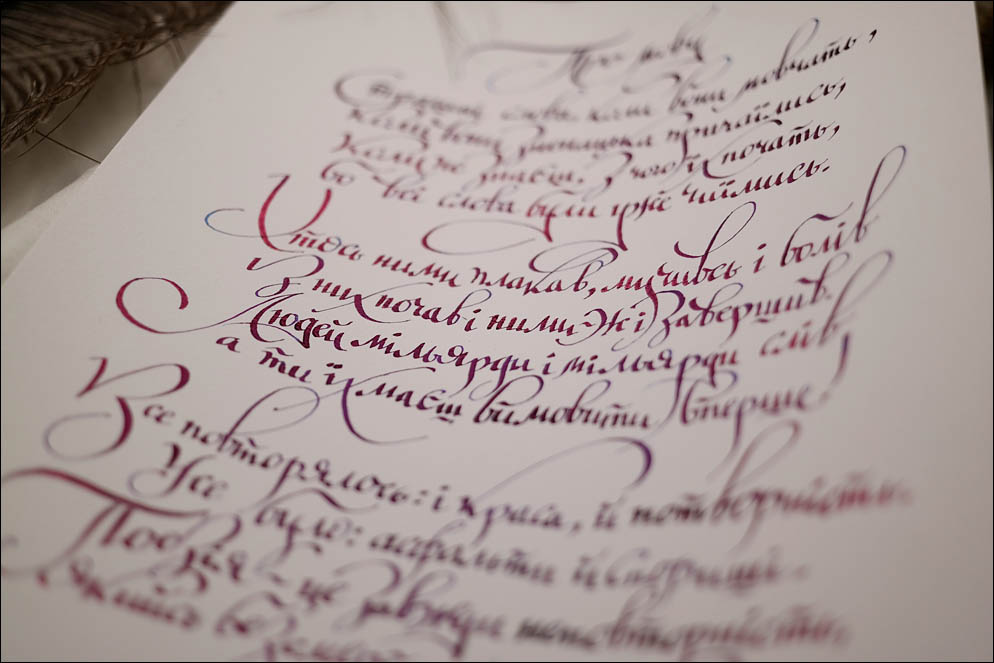
Cyril and Methodius are Slavic educators and preachers of Christianity, creators of the Slavic alphabet, the first translators of liturgical books into the Slavic language, brothers.
Cyril (worldly name – Constantine; c. 827 – February 14, 869) and his older brother Methodius (Methodiy) (worldly name – Michael c. 815 – died between April 6 and April 19, 885) were born in the city of Thessaloniki, Greece in the family of a military leader. By origin, Bulgarians (according to a less popular version, Slavic-speaking Greeks).
From 843, Cyril studied in Constantinople at the court of the Byzantine emperor Michael III, where Photius was one of his teachers. He knew Slavic, Greek, Latin, Hebrew and Arabic well. He was the Patriarch’s librarian, taught philosophy at the Constantinople Higher School. In the 40s and 60s of the 9th century, he participated in disputes with iconoclasts and Muslims in Syria. Around 860, he went on a diplomatic mission to the Khazars. On the way to the Khazars, he stopped in the city of Chersonesos, where he found the relics of St. Pope Clement (died in 101). Later, the brothers took them with them to Great Moravia and in 867 to Rome.
Methodius entered military service early. For 10 years he managed the region of Macedonia inhabited by Slavs. He was a teacher at the Constantinople Higher School. After becoming a monk, he became the abbot of the Polykhron monastery on the shores of the Sea of Marmara. In the summer of 863, Cyril and Methodius moved to Moravia at the invitation of Prince Rostislav to preach Christianity. Later, Pope Hadrian II gave permission for it, and Pope John VIII confirmed it.
Before his departure, Cyril created one of the first Slavic alphabets (in science there is no single opinion on the question of which alphabet Cyril created – Cyrillic or Glagolitic). Cyril and Methodius translated church books into Church Slavonic – selected passages from the Gospel, Psalter, Apostolic Epistles.
They were accused of heresy for the introduction of the Slavic language in worship. In 866, at the invitation of Pope Adrian II, they went to Rome. They received a special message from him, in which they were allowed to distribute Slavic church books and conduct divine services in the Slavic language.
Cyril died after arriving in Rome. Buried in the Basilica of St. Clement in Rome. Methodius was ordained archbishop of Moravia and Pannonia, and in 870 he returned to Pannonia. As a result of the intrigues of the German feudal lords, he was imprisoned for some time. In 882–884 he lived in Byzantium. In the middle of 884 he returned to Moravia, where he translated the Bible into the Slavic language.
The names of St. Methodius and his students and brother – St. Konstantin (Kyril) were entered in the “Book of Brothers” (Remembrance) of the monastery in Reichenau.
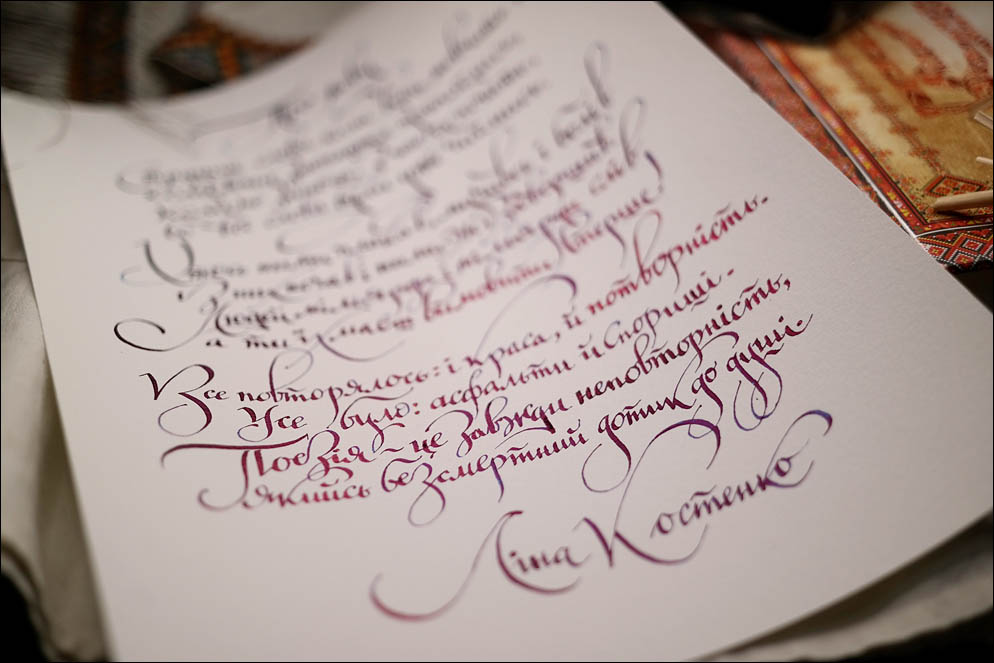
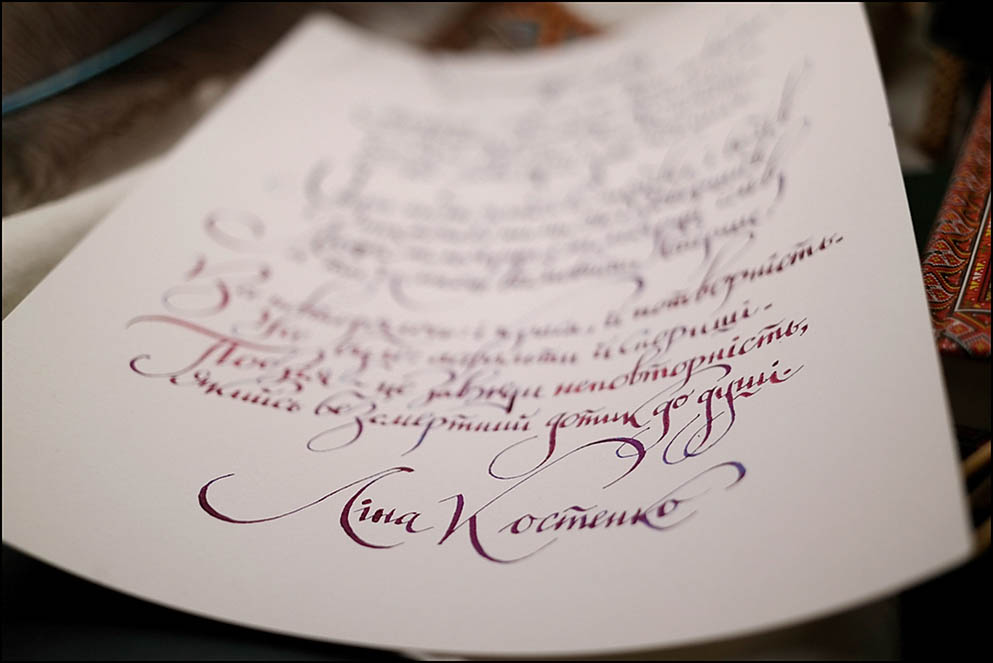
Ну ось якось так! Маємо пам’ятати!
Всім гладкого письма та гарного настрою! 🙂
That’s all! To everyone wish a good mood and smooth writing!
Leave a Comment